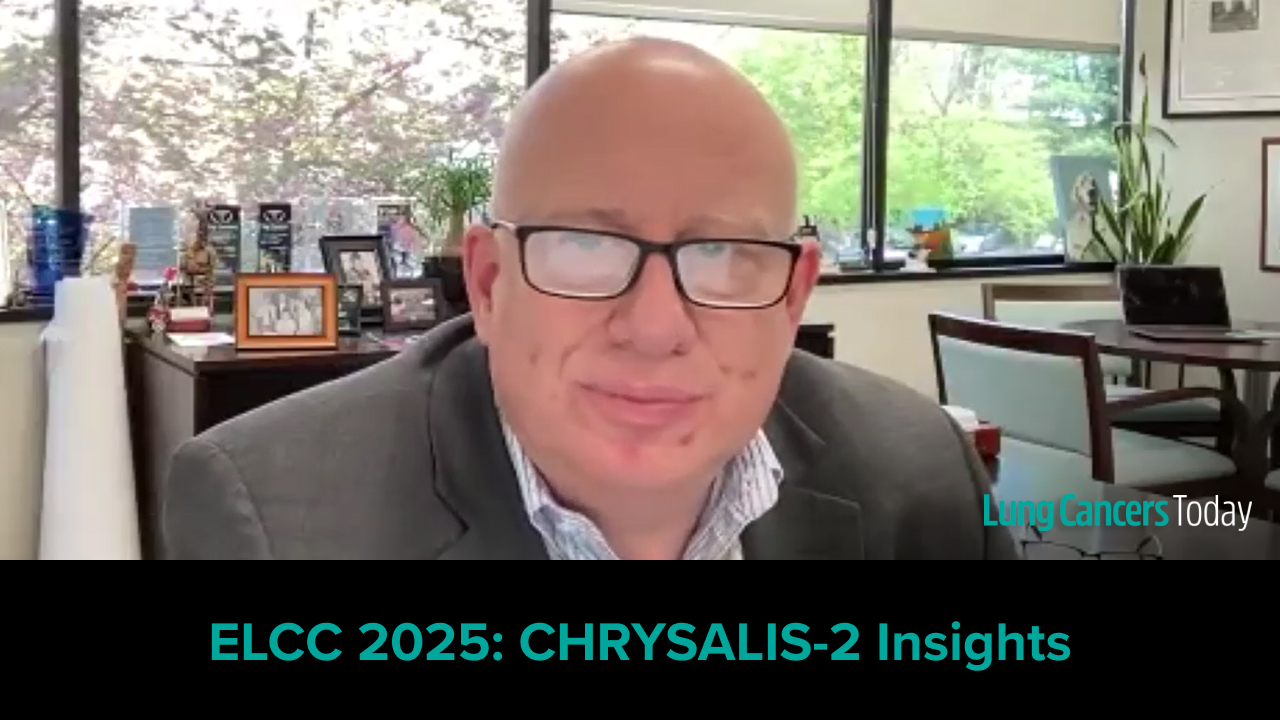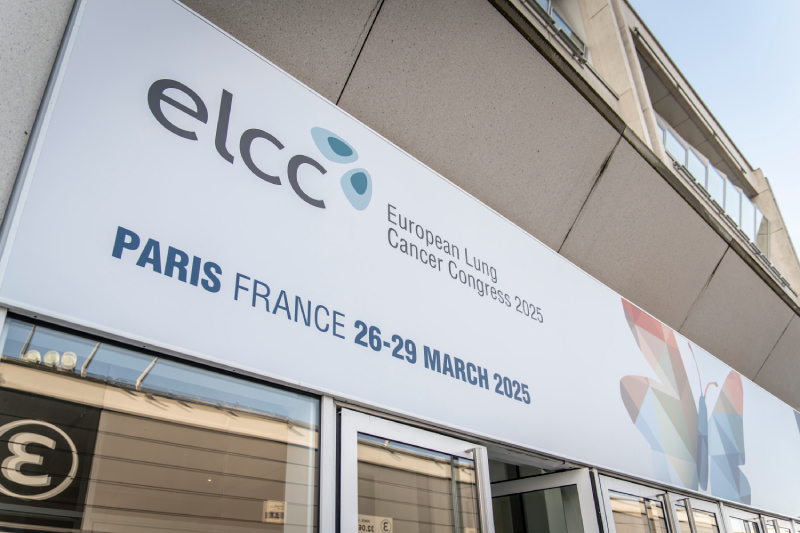
A cross-sectional, real-world study is the first of its kind to provide “a solid overview of EGFR mutations and subtype prevalence” in patients with resected stages I to III nonsquamous non-small cell lung cancer (NSCLC), according to results published in the Journal of Thoracic Oncology.
Ross A. Soo, MBBS, PhD, FRACP, of the National University Hospital in Singapore, and colleagues, conducted the noninterventional, observational study, expanding on the currently limited literature exploring the prevalence of EGFR mutations in early-stage NSCLC.
The study enrolled 601 patients with resected stages IA to IIIB NSCLC, using the staging system of the eighth edition of the American Joint Committee on Cancer (AJCC). Patients were screened for eligibility from March 2021 to October 2022.
According to the study, examples of the eligibility criteria included an age requirement of at least 18 years, diagnosis of NSCLC with adenocarcinoma or mixed histology with an adenocarcinoma component, and available medical records indicating initial diagnosis, staging information, and surgical management of NSCLC.
Participants hailed from 14 countries across Latin America, Asia, the Middle East, and Africa. The primary endpoint was EGFR mutation prevalence, and secondary endpoints included EGFR mutation subtype prevalence and treatment patterns.
The age range of enrolled patients was 30-86 years, with a median age of 62 years. Of the participants, 52.7% were female and 64.2% were nonsmokers, while 64.1% had stages IA to IB NSCLC and 98.7% had adenocarcinoma. The research found that women had a higher rate of EGFR mutation (64%) than men (36.4%). It also found that patients with EGFR mutations were more likely to be nonsmokers (60.9%) than participants with no EGFR mutations (35.1%).
The overall prevalence of EGFR mutations was reported to be 51%. The investigators found that the most reported EGFR mutations were exon 19 deletions, followed by exon 21 L858R mutations. Patients with EGFR mutations were found more likely to have stage I NSCLC (54.8%) than stages II and III NSCLC (47.3% vs 35.6%).
Adjuvant chemoradiotherapy was a part of the treatment plan in 6.8% of patients with stages IB to IIIB NSCLC, while systemic adjuvant therapy was a part of the treatment plan for 33.8% of patients in the same population. Participants aged 60 or above, female patients, and Asian patients were found to have “significantly (P<.05) higher odds of EGFR mutations, whereas smoking history and stage III disease had lower odds of EGFR mutations.” A further breakdown of the study outcomes found EGFR prevalence in 53% of participants of Asian descent and 39.5% of participants of Latin American descent.
The investigators concluded that older age, Asian ethnicity, and female sex were significantly associated with higher odds for EGFR mutations in early-stage NSCLC, while pathologic stage III disease and smoking history were significantly associated with lower odds of EGFR mutations.
The researchers stated that the results of the study overview, as well as the EGFR mutation prevalence “call for newly diagnosed, early-stage patients with NSCLC to be molecularly characterized at diagnosis.” The overview also highlighted “the limited adherence to treatment guidelines suggesting an unmet need for improved adjuvant therapy.”
Source: Journal of Thoracic Oncology







 © 2025 Mashup Media, LLC, a Formedics Property. All Rights Reserved.
© 2025 Mashup Media, LLC, a Formedics Property. All Rights Reserved.